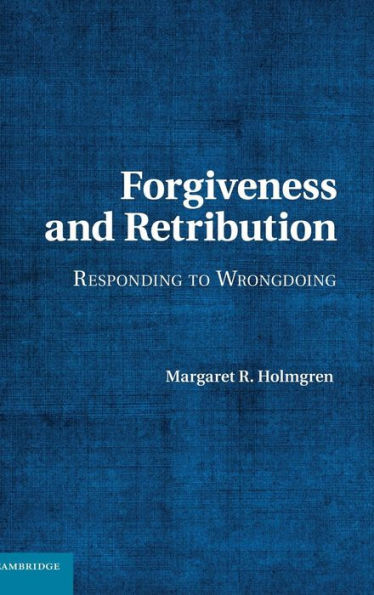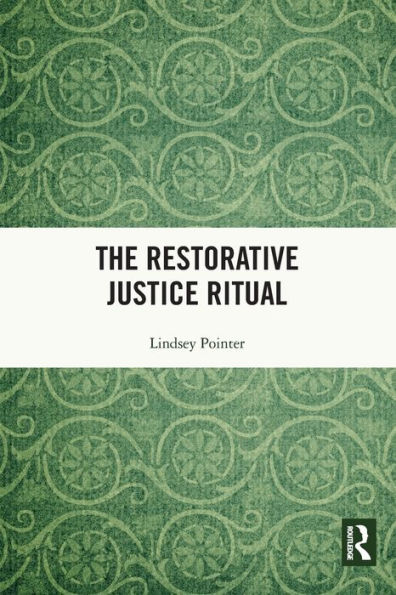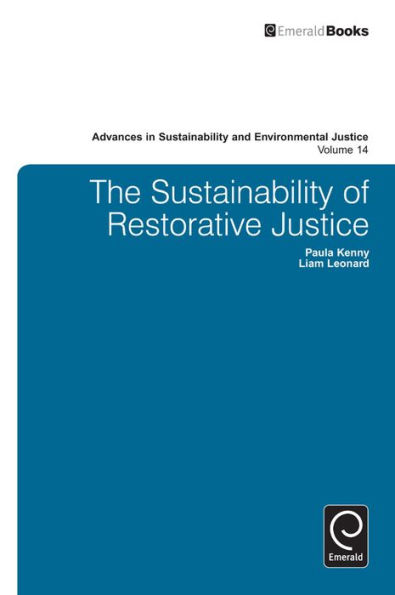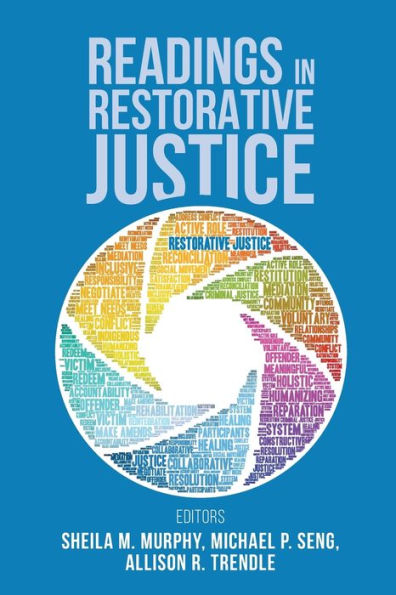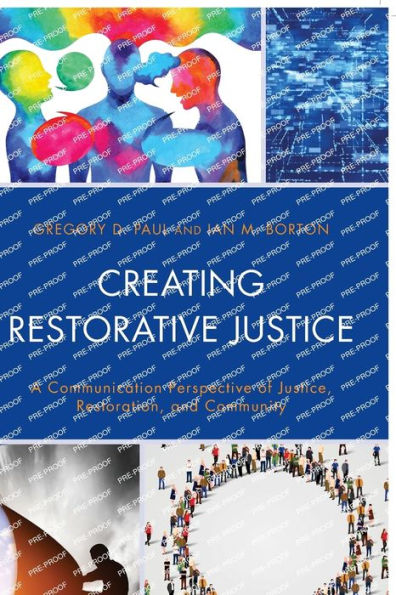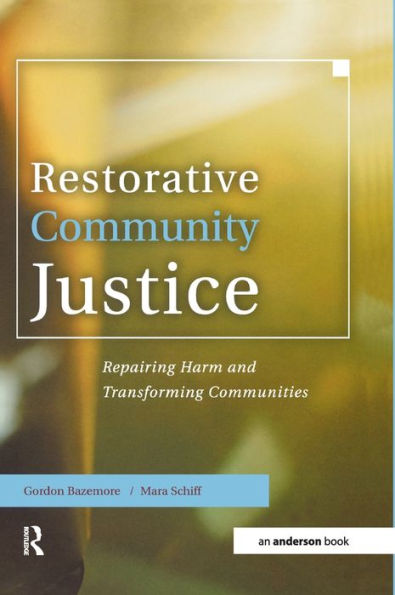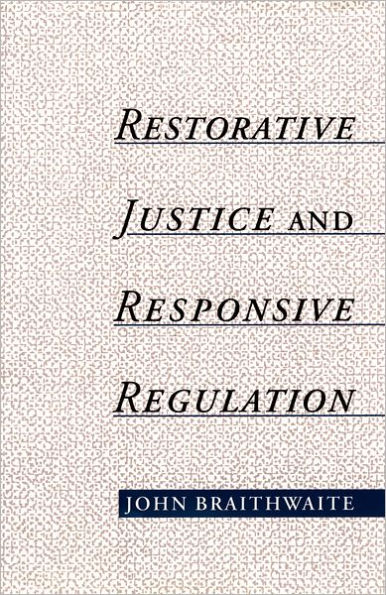Home
Retributive to Restorative Justice: Difference Between Restorative Justice and Retributive Justice


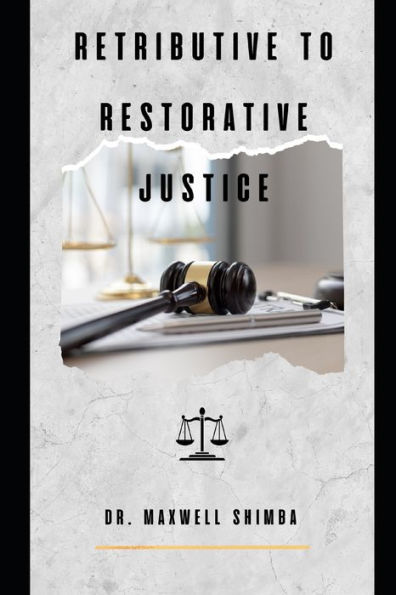
Retributive to Restorative Justice: Difference Between Restorative Justice and Retributive Justice
Current price: $12.99
Loading Inventory...
Size: OS
Justice is a fundamental principle in all societies. When a wrongdoing occurs, there is a need to address it and restore justice. However, different societies have different approaches to justice. Retributive justice and restorative justice are two approaches that aim to address wrongdoing and restore justice. In this book, we will discuss the differences between retributive justice and restorative justice, and the advantages and disadvantages of each approach.
Retributive justice is a system of justice that seeks to repair justice through the imposition of punishment. It is based on the principle of "an eye for an eye, a tooth for a tooth." This means that when a person commits a crime, they must be punished in proportion to the harm they have caused. Retributive justice focuses on punishing the offender, rather than repairing the harm caused by the offense.
One of the advantages of retributive justice is that it sends a clear message to society that crime will not be tolerated. When offenders are punished, it acts as a deterrent to others who may be considering committing a crime. It also provides closure to victims and their families, who may feel that justice has been served. Retributive justice is also based on the principle of equality before the law, meaning that everyone is subject to the same punishment for the same offense.
One of the main disadvantages of retributive justice is that it does not address the root cause of the problem. It focuses on punishing the offender, rather than addressing the underlying issues that led to the offense. It also does not provide an opportunity for the offender to make amends or take responsibility for their actions. Retributive justice can also be costly, both in terms of the financial resources required for the criminal justice system and the human cost of incarcerating offenders.
Restorative justice is a system of justice that seeks to repair justice through a bilateral process that involves the offender, victim, and community. It focuses on repairing the harm caused by the offense, rather than punishing the offender. Restorative justice is based on the principle of reconciliation and aims to restore relationships and rebuild communities.
One of the advantages of restorative justice is that it addresses the root cause of the problem by focusing on repairing the harm caused by the offense. It provides an opportunity for the offender to take responsibility for their actions and make amends. It also provides closure to the victim and their families by giving them a voice in the process and the opportunity to be heard. Restorative justice is also cost-effective, as it can often be resolved without the need for a lengthy court process.
One of the main disadvantages of restorative justice is that it can be difficult to implement in practice. It requires a high level of cooperation and participation from all parties involved, and not all offenders may be willing to take responsibility for their actions. It can also be challenging to ensure that the process is fair and equitable for all parties involved. Restorative justice may also be perceived as being too lenient, as it does not focus on punishing the offender.
